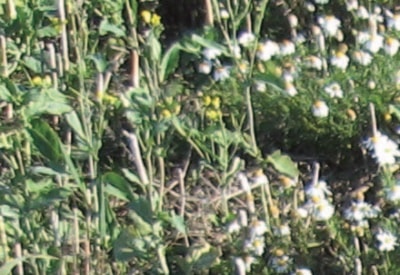With spring comes the advent of invasive plants, and the need to educate residents on which species need to be controlled.
“We call them invasive weeds because that’s what they are,” said Mark Cutts, crop specialist with Alberta Agriculture and Rural Development.
Environment Canada says invasive plants have several characteristics that allow them to thrive and take over: They reproduce very quickly and extensively, they have few or no natural predators, and they flourish in a wide variety of environments.
“If they carry on without any type of control in place, then they can become a dominant part of the landscape,” Cutts said.
There are two types of invasive plants: noxious and prohibited noxious. The response to noxious plants is to contain them and prevent them from spreading further.
“We would still like to see that weed contained, but we recognize that there is enough of it that it would be difficult to eradicate it,” he said. “We know they’re out there, it’s just a matter of trying to control it.”
Some examples of noxious plants are Canada thistle, baby’s breath, and scentless chamomile.
Prohibited noxious plants are ones that the Alberta government hopes to keep out of the province, or if the species is already in the province, the government hopes to eradicate it completely.
“With prohibited noxious, we’re hoping a lot of those aren’t in Alberta,” Cutts said.
Some examples of prohibited noxious plants are giant hogweed (which has been spreading across Canada and can cause blisters and blindness) and hawkweed.
Residents who find noxious plants on their property have a responsibility to remove it, either by hand or by using herbicide.
”It sort of comes down to scale involved,” he said.
County of Stettler director of agricultural services Quinton Beaumont functions as a weed inspector for the county. If he finds a noxious or prohibited noxious weed, he informs the landowner, who then must remove it. If it is not removed, Beaumont issues a weed notice. If the plant still is not dealt with, the county can remove the plant and then bill the landowner.
“It’s very rare that a weed notice is issued here,” Beaumont said. “Most people comply.”
More information about noxious and prohibited noxious plants can be found on the Alberta Invasive Species Council website. Each plant has a factsheet that includes detailed identifying information, pictures, and how to eradicate it.
